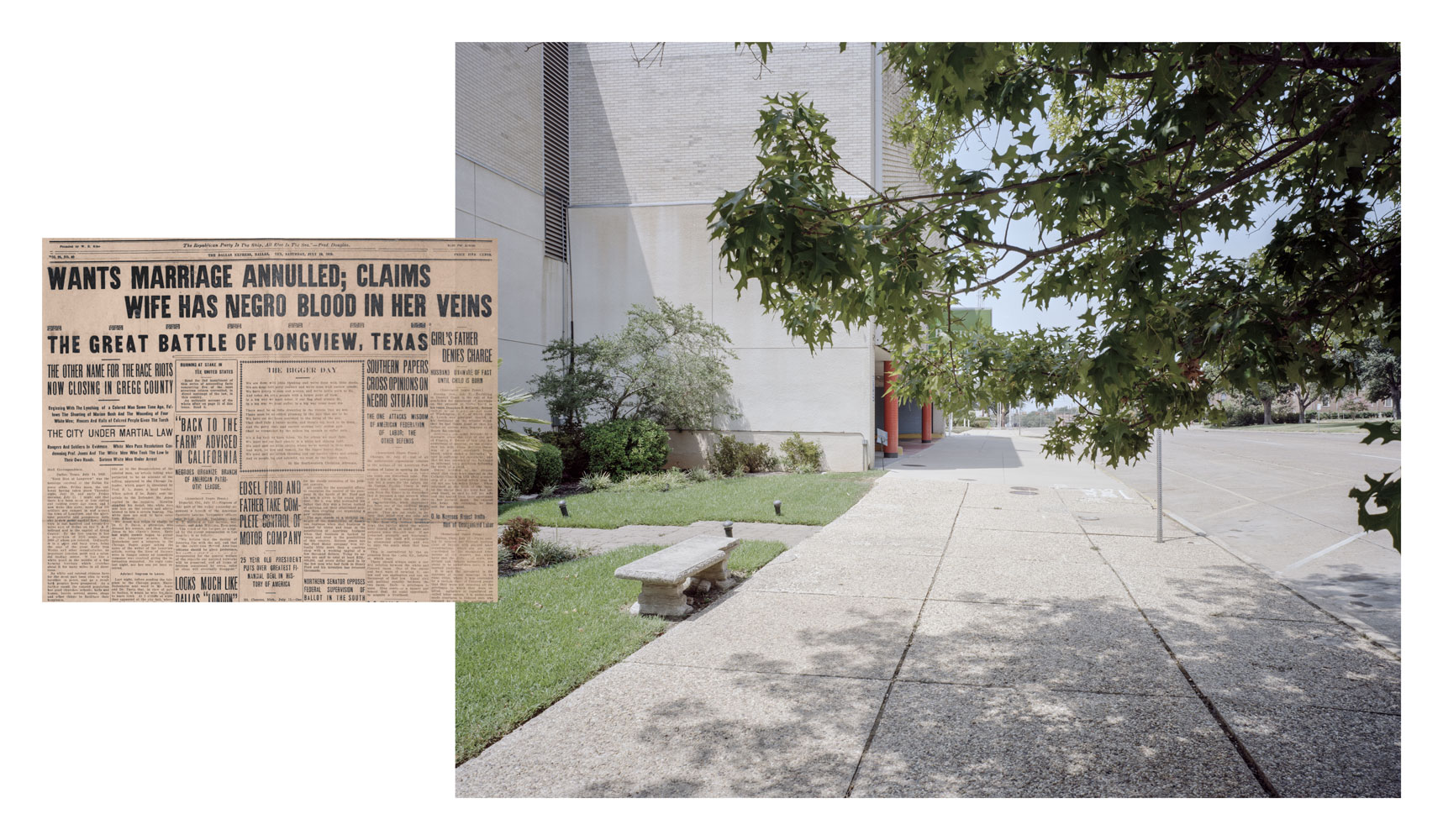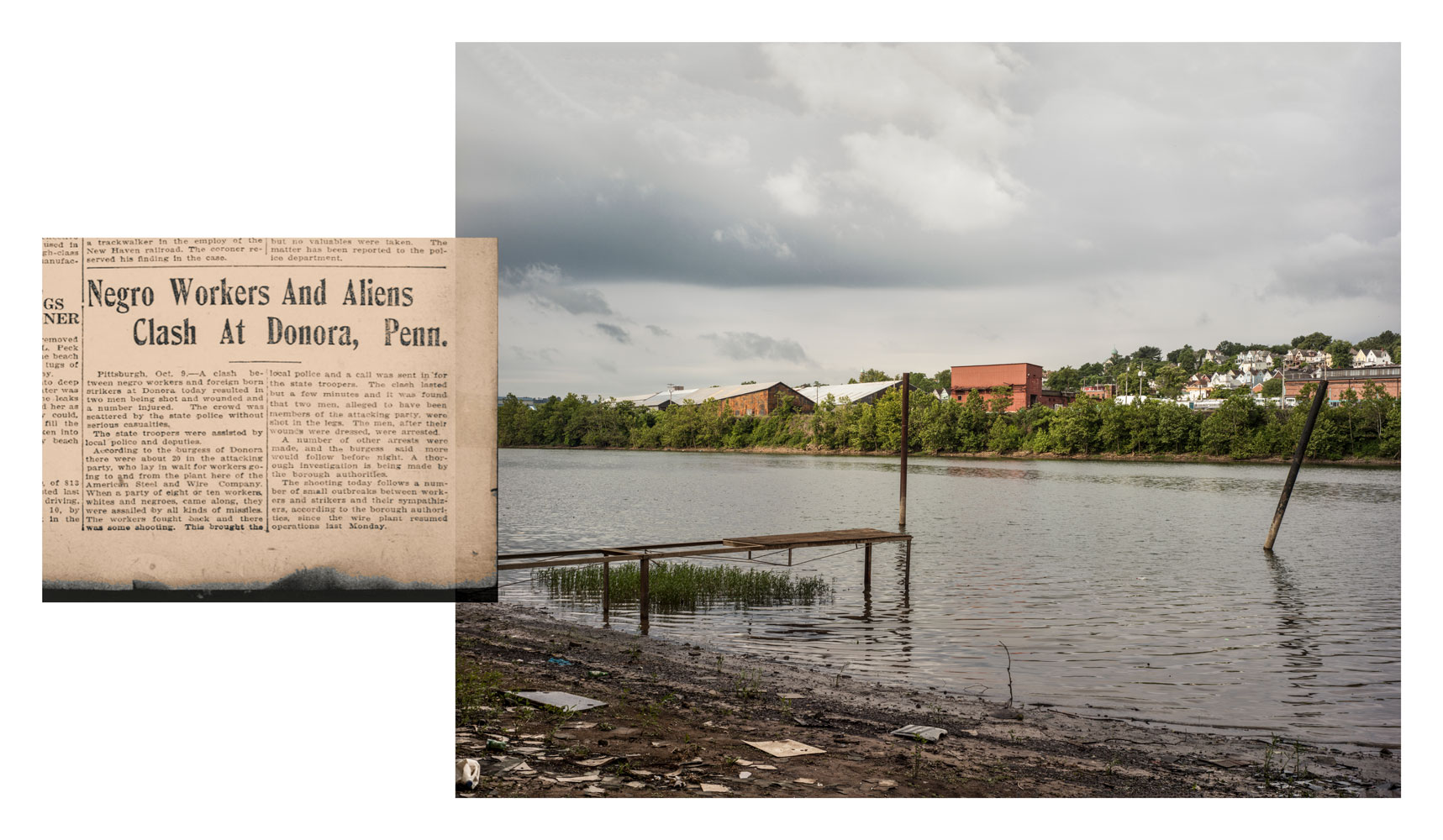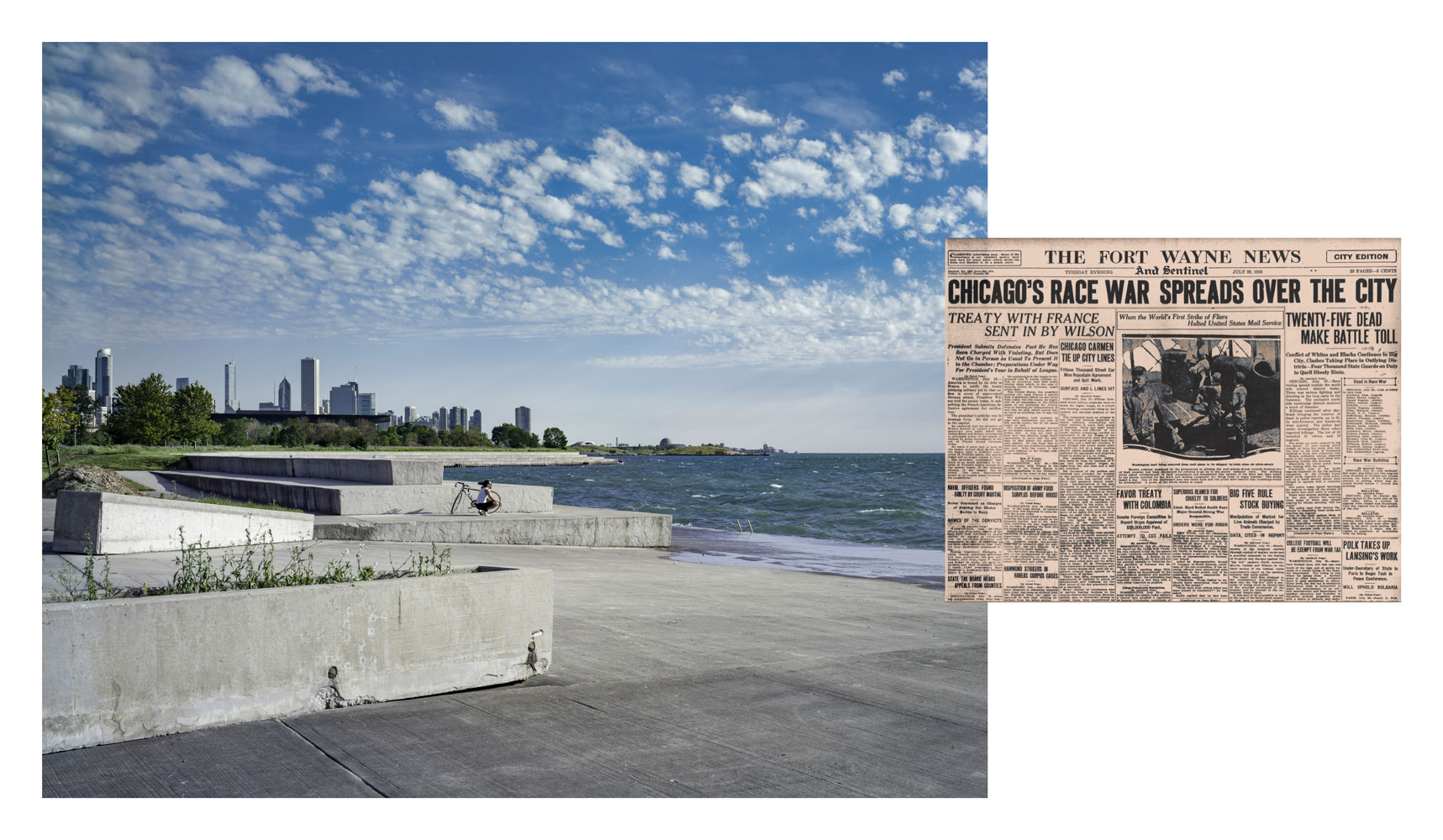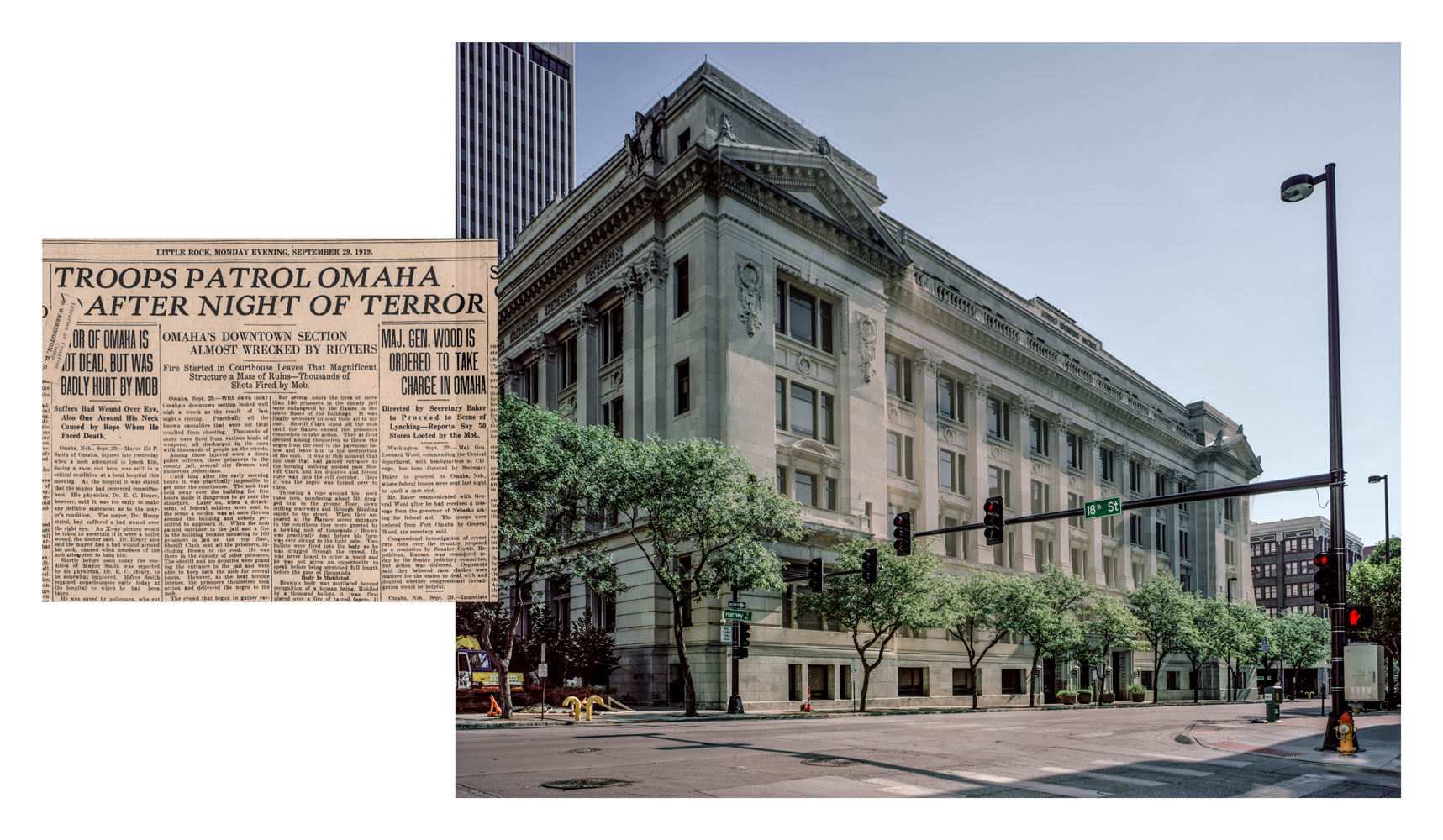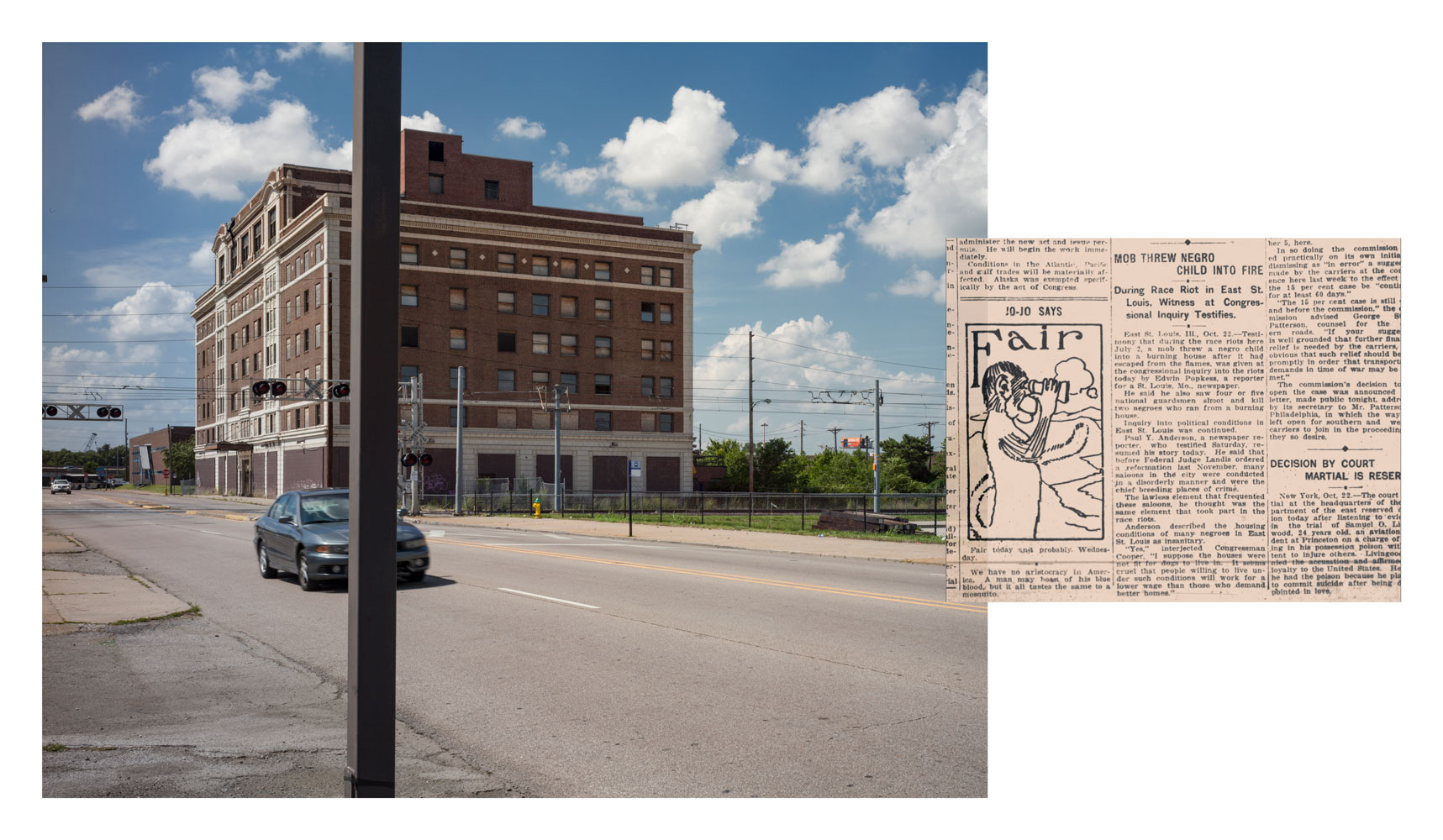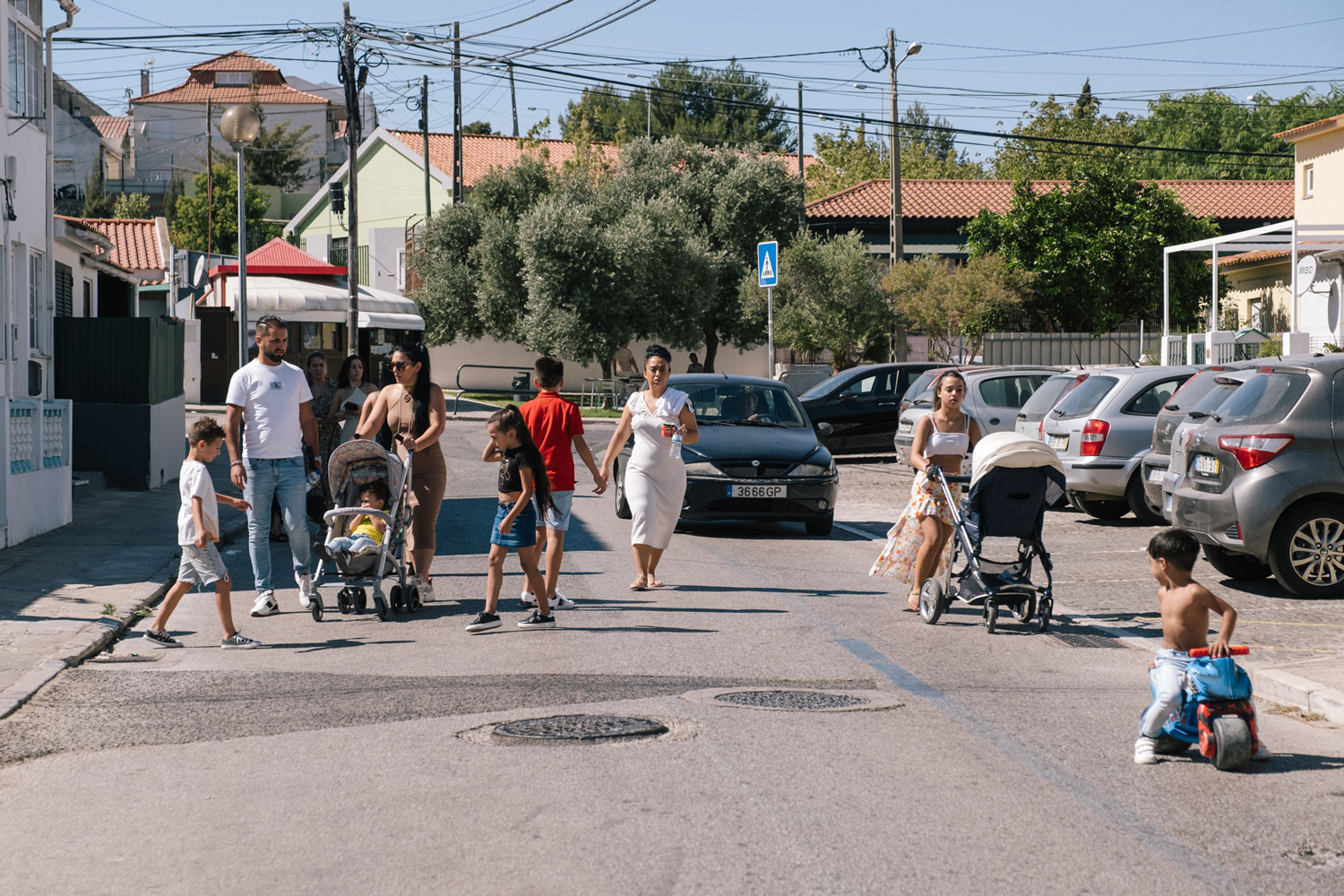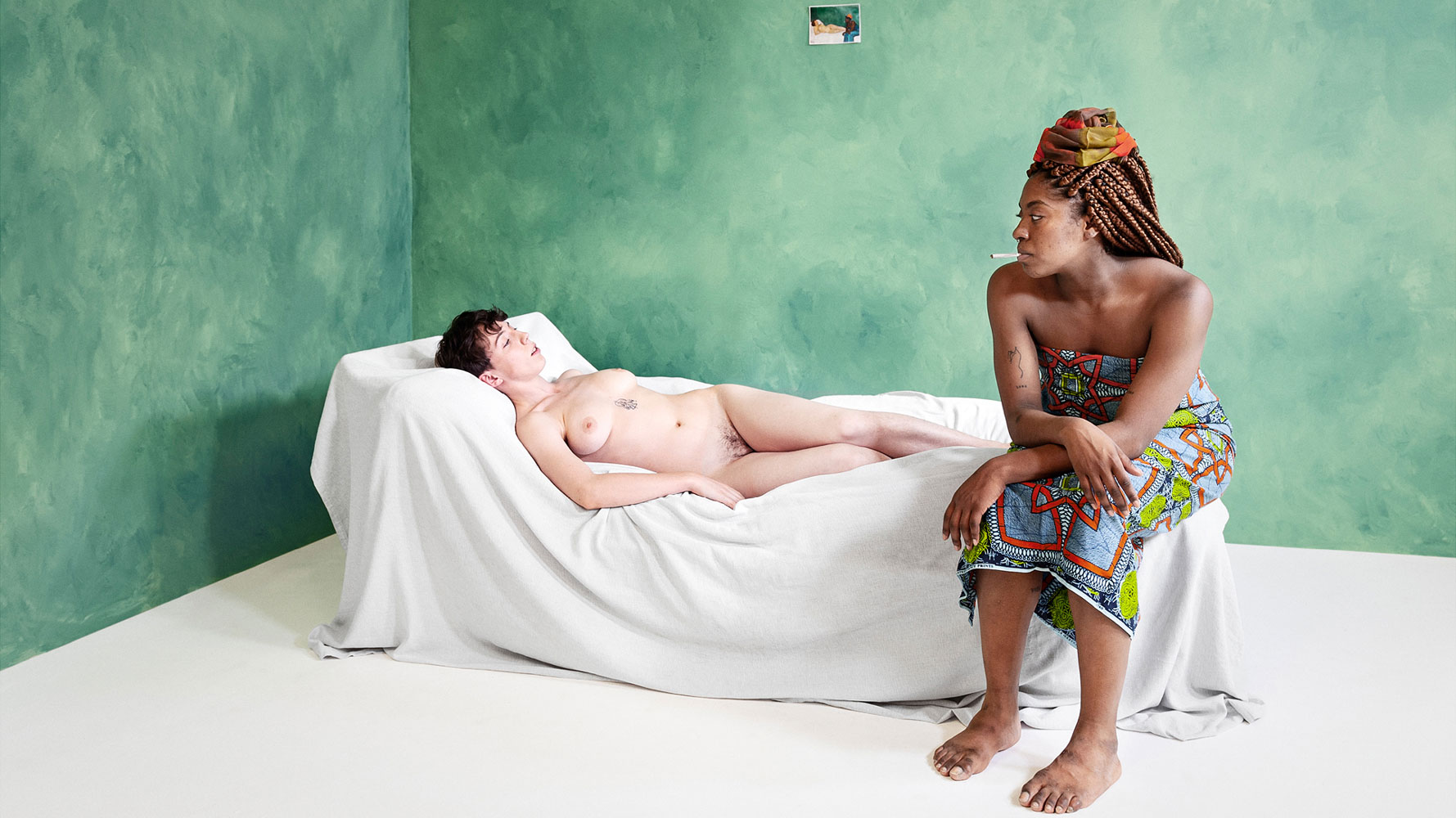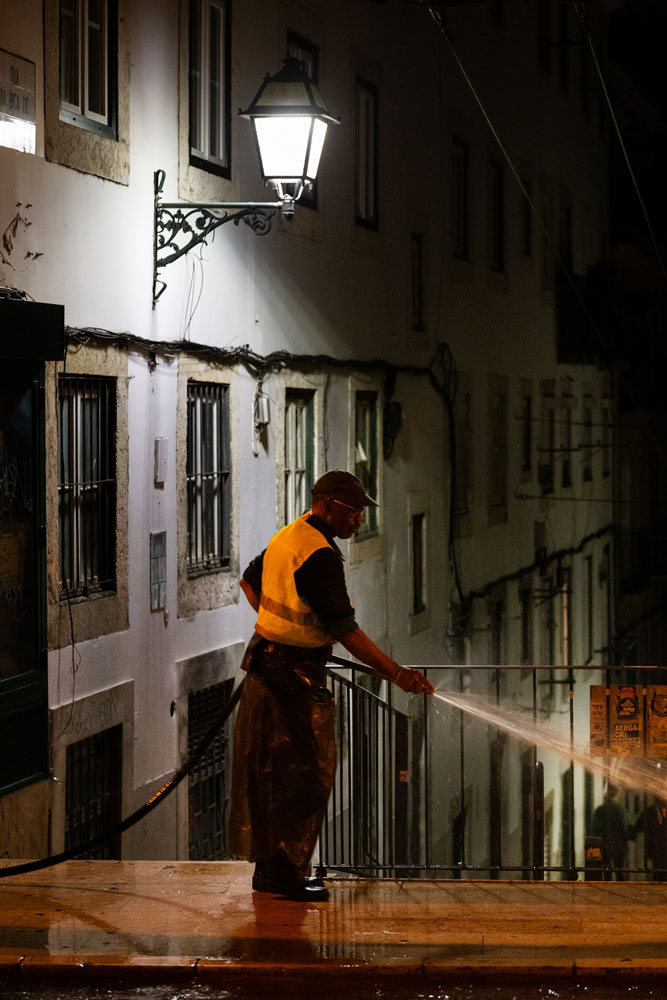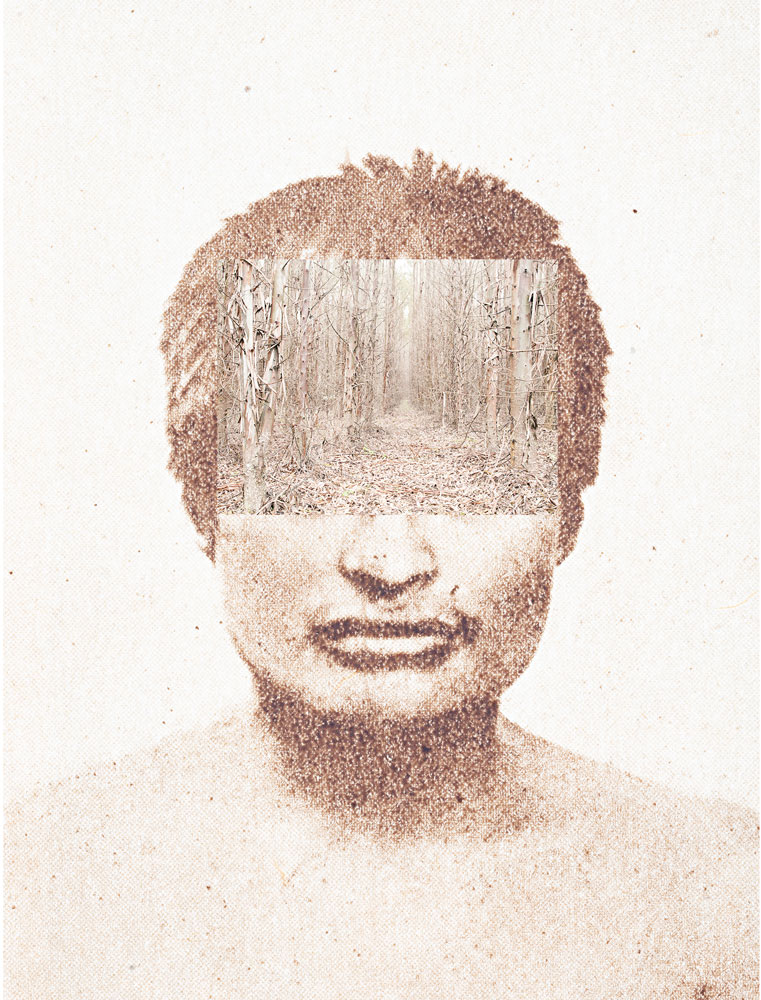Red Summer
SNBA - Sociedade Nacional de Belas Artes
Rua Barata Salgueiro 36, 1250-044 Lisboa
05 . 09 . 2025 → 04 . 10 . 2025
monday - friday → 12:00 pm – 07:00 pm
saturday → 02:00 pm – 07:00 pm
Artist
Wendel A. White
The Red Summer portfolio represents the
stories of various locations in the American
landscape where racial violence (often
characterized as “Race Wars” at the time)
erupted between 1917 and 1923. These
years of conflict reveal several aspects of
racial anxiety that inform our contemporary
experience, including, though not
limited to; racism, fear of violent black
revolt, lynching, poverty, mass incarceration,
and competition for employment.
The term “Red Summer” was first used by
James Weldon Johnson to describe the violent
attacks against black communities
during 1919.
Though the events of the early twentieth
century seem to be remote and fading apparitions
of an American past; my work is
concerned with the power and influence of
our shared historical narrative upon the
present. The upheaval of Red Summer occurred
approximately fifty years after the
American Civil War, fifty years before the
height of the Civil Rights Era, and three
centuries after the first enslaved Africans
arrived in English colonies that would become
the United States.
The project combines photographs of the
contemporary landscape made at or near
the site of racial conflict with fragmented
selections of contemporaneous newspaper
reporting (1917-1923). In many cases, the
newsprint images include the surrounding
stories or advertisements. The combination
of the landscape photograph and
the reproduction of newspaper fragments
(which invade the contemporary with a
narrative from the past), is a rupture and a
conversation on the timeline between past
and present.
The conceptualization of “the veil” as expressed
by DuBois, has been a visual metaphor
for the representation of race within
my work for several decades; particularly
in the two projects known as, Schools for
the Colored and Red Summer. The newspaper,
in its role as a public record, commentary,
and historic archive, is a veil of information
through which most of the country
as well as many in the international community,
understood and misunderstood
these events.
Newsletter
Main Sponsorship
Partners


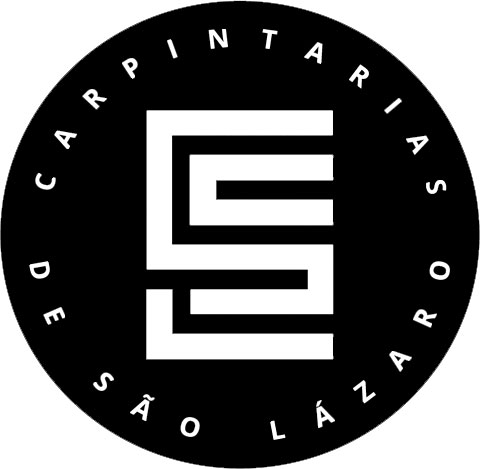






Institutional partners
Special support



